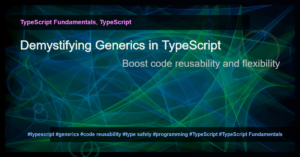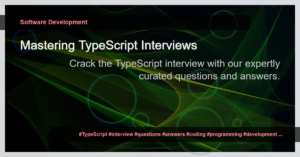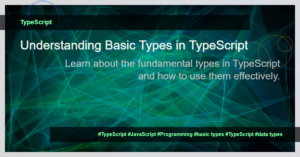Introduction
Data structures are essential components of any programming language and play a crucial role in efficiently managing and manipulating data. In the realm of Python, a powerful and versatile language, understanding various data structures is paramount for coding success. In this guide, we will cover the most commonly used data structures in Python and provide you with comprehensive insights for interview preparation.
Arrays
Arrays are a fundamental data structure that stores elements in contiguous memory locations. In Python, arrays can be implemented using the array module, which provides a compact and efficient way to store homogeneous data. We will explore array operations, such as insertion, deletion, searching, and sorting, along with their time and space complexities.
Lists
Lists are dynamic arrays that can store elements of different data types. In Python, lists are versatile and widely used due to their flexibility and built-in methods for data manipulation. We will dive into list functions and explore techniques for efficient list manipulation, such as list comprehension and slicing.
Linked Lists
Linked lists consist of nodes, each containing a value and a reference to the next node. They provide flexibility in memory allocation and efficient insertion and deletion of elements. We will cover singly linked lists, doubly linked lists, and circular linked lists, along with their implementation and common operations.
Stacks
Stacks follow the Last-In-First-Out (LIFO) principle and are useful for tracking function calls, solving problems recursively, and implementing undo-redo functionality. We will explore the stack data structure and understand how to implement it using both lists and linked lists.
Queues
Queues adhere to the First-In-First-Out (FIFO) principle and are often used for managing tasks, scheduling jobs, and implementing buffer systems. We will study the queue data structure and examine various implementations, including array-based queues and linked list-based queues.
Trees
Trees are hierarchical data structures that mimic a real-life tree, with a root node, branches, and leaves. Binary trees, binary search trees, and balanced trees are some of the commonly used tree structures. We will explore tree traversals, insertion, deletion, and searching techniques, along with techniques like AVL trees and red-black trees.
Graphs
Graphs are a collection of nodes connected by edges, representing relationships between various entities. Graphs are extensively used to model networks, social media connections, and transportation systems. We will cover graph representations, traversals, shortest path algorithms (like Dijkstra’s algorithm), and techniques to detect cycles and find connected components.
Hash Tables
Hash tables, also known as hash maps, provide efficient key-value pair storage and retrieval. They are particularly useful for quick access and data retrieval. We will dive into hash table implementation, collision resolution techniques, and explore Python’s built-in dictionary data structure.
Conclusion
In this comprehensive guide, we have covered the essential data structures in Python, empowering you with the knowledge and skills required for coding interviews and problem-solving challenges. Remember, mastering data structures is crucial for writing efficient code, optimizing memory usage, and tackling complex problems. Practice implementing these data structures in Python to strengthen your programming skills and enhance your problem-solving abilities.
Now, you are well-equipped to confidently navigate through coding interviews and handle data manipulation with ease. Happy coding!






